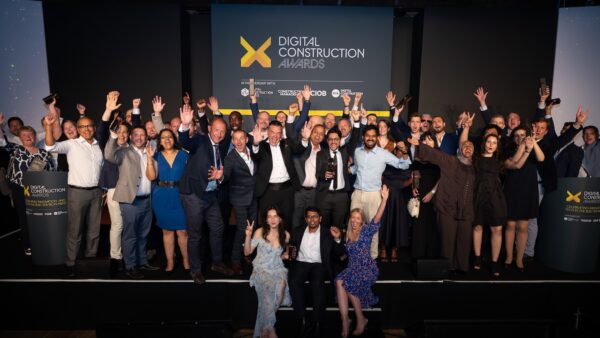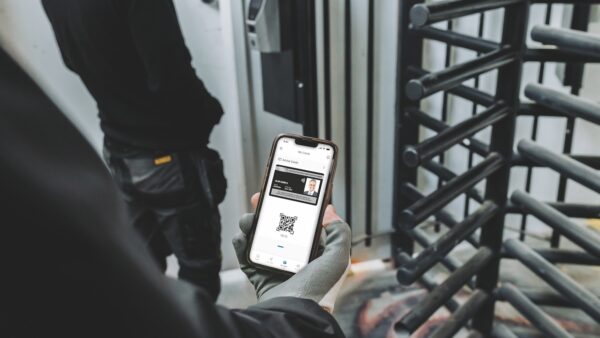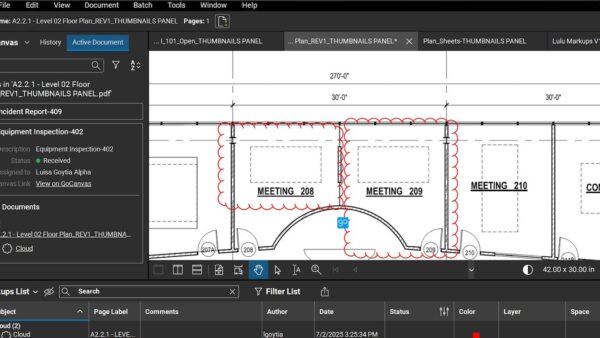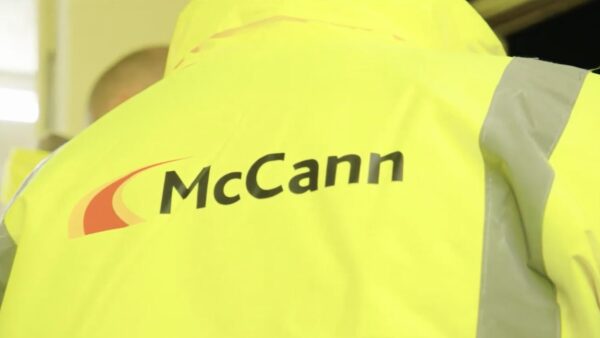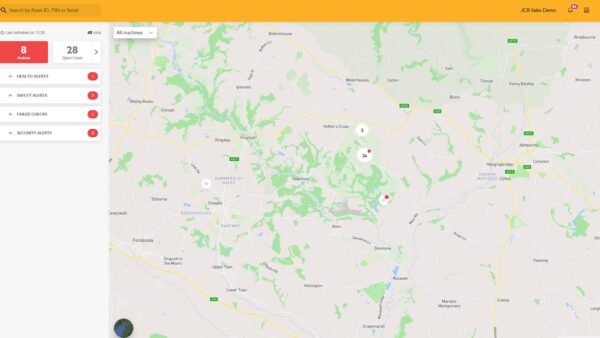A new study looks at the key issues that will shape digital construction in the coming years, in partnership with Digital Construction Week and MCS Rental Software. Justin Stanton analysed the research
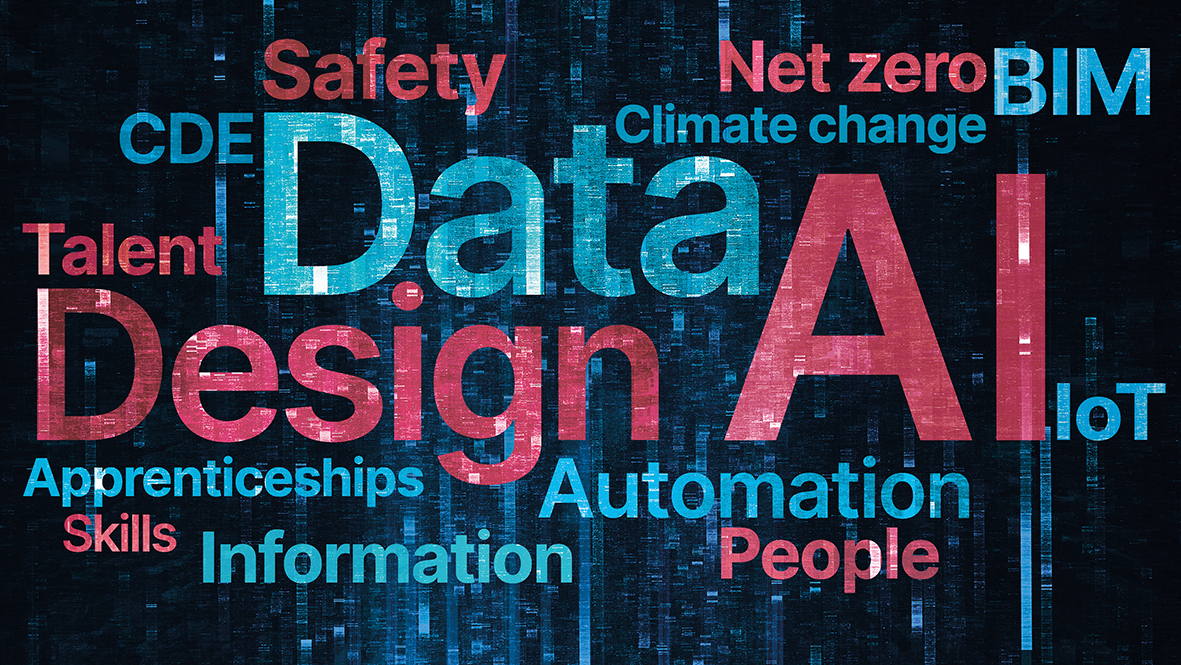
This year’s Digital Construction Week (DCW) featured a ‘Crystal Wall’, which invited delegates to future-gaze by writing down their hopes and fears about the digital construction sector, to mark the event’s 10th anniversary.
These comments, along with some analysis from industry experts, have been pulled together in an in-depth study, The Future of Digital Construction Report 2025.
AI, data and design were among the most popular keywords in the nearly 140 messages written on the Crystal Wall at DCW (see word cloud illustration).
The Crystal Wall posed three questions:
- What challenge should the industry solve in the next 10 years?
- What’s the next big innovation for the built environment?
- What will the industry look like in 2035?
The majority of the answers highlight an energised and engaged sector that understands how it can change the wider built environment for the better.
The next challenge
Nearly half of the comments written on the Crystal Wall addressed the first question of what challenge should be addressed in the next 10 years. Skills and HR issues accounted for nearly a third of all the answers to that question. Some answers were more targeted than others; one attendee wrote: “Teach university students what they actually need to know.”
In association with
MCS Rental Software Digital Construction Week

One attendee called for the gender pay gap to be addressed while another highlighted the need to tackle talent retention by focusing on women after raising families.
The lack of clearly defined roles, job titles and career paths in digital construction led one attendee to plea for career growth to be addressed “when we don’t know what jobs will look like”.
Another attendee had a particular beef with architects: “Teach architects about data or all the innovation will be wasted.”
Data and sustainability were the next most common themes among answers to the first question. Attendees want the industry to simply get on and start sharing data and managing big data. One attendee called for the standardisation of data to use for operations and facilities management.
Among sustainability topics, two attendees called for the industry to focus on circular construction, while another called for “true net zero, not just offsetting”.
It’s no surprise that AI was also a popular topic, but comments weren’t entirely in its favour. One attendee warned of the “AI takeover”.
Another more positive attendee wrote: “Achieve the human-AI symbiosis to improve safety, efficiency and collaboration.”
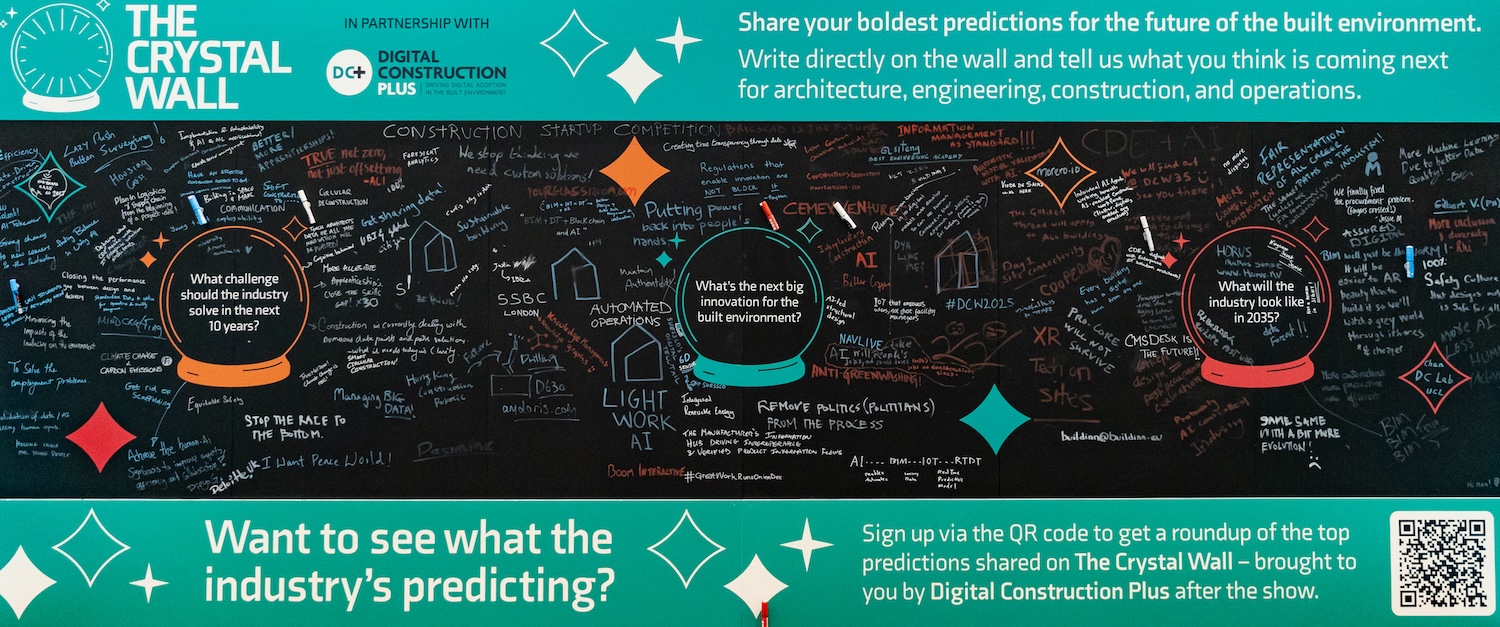
The next big innovation
A quarter of the answers to the second question – the next big innovation – inevitably focused on AI. One attendee proposed “AI-led structural design”, while another suggested “automatic model validation with AI”.
As with the first question on the Crystal Wall, there were answers to the second question that warned against AI. One attendee wrote: “AI will take people’s jobs.”
Sustainability-related topics were also popular here, with attendees proposing “integrated renewable energy”, “low-carbon emission materials” and “net zero buildings”.
The internet of things (IoT) was identified by several attendees; one wrote: “IoT that empowers users not just facility managers.”
While one attendee put forward automated operations as the next big innovation, another highlighted the following development: “Putting humans back into digital; models must develop so they can be human-centred in their approach to design and safety. Where are people in BIM models?”
The industry in 2035
AI was also the most popular theme among answers to the third question of how the industry will look in 2035. One attendee forecast “more AI, less human activity”, while another dug deeper: “Individual AI agents working beneath an AI-enabled construction workforce.” Another attendee suggested: “More machine learning due to better data quality.”
One attendee forecast “more women in construction”, while another wrote: “BIM will just be the norm.”
“Every building has a digital twin from day one,” suggested one attendee. Another forecast more automation, making the industry more pro-active and more efficient.
Some attendees focused on well-worn industry issues; “no more disputes,” wrote one very hopeful attendee, while another suggested: “We finally fixed the procurement problem.”
Some attendees regarded the future with resignation; “same with a bit more evolution,” wrote one attendee, while another bemoaned: “10 years is still not enough to change this industry.”
It’s intriguing to note that information management was the direct focus of just two comments overall – as many as construction in space. And the golden thread was mentioned just once, although compellingly so: “The golden thread will apply to all buildings.”
Industry experts: what will digital construction look like in 2035?
Paul Drayton, Laing O’Rourke
Embracing MMC and DfMA will dramatically improve safety, quality and working conditions while mitigating delivery risks. The pace of project completion will be astonishing.
Brett King of Procore
More connected, more accountable and truly data-driven – with every asset carrying a living digital record from day one. Leaders will be those who embrace transparency and collaboration, not just tech.
Michelle Zompi of RLB Digital
Busy as ever, but possibly not hugely different on the face of it. We will still be building core infrastructure, but more aligned to our sustainability goals. We may approach some of that infrastructure differently, so autonomous-driving-only roads. The biggest difference will be the shift to a client-driven approach as more and more owners become strategic in how they want to collate and control their data and their information.
Nick Thomson of MCS Rental Software
Hyper-connected, low-carbon and surprisingly creative. AI will be embedded in most operations, from the equipment fleet to project planning, which will eliminate inefficiencies, while humans focus on innovation, design and relationships. Projects will be circular by default, with materials tracked and reused endlessly. Think less “hard hats and paperwork”, more “headsets and collaboration”.
Click here for the full version of the Future of Digital Construction Report 2025.









